|
StarGen Planet Types |
|---|
| Icon | Name | Description |
|---|
Terrestrial Sizes |
 |
Asteroids |
These are small airless bodies. Any planet with a mass less than .0015%
that of Earth is designated an asteroid. It is assumed that there is
a whole belt of such objects. |
 |
Dwarfs |
These are small bodies. Any planet with a mass less than .03% and greater than .0015%
that of Earth is designated an Dwarf. It is assumed that there is
a whole belt of Asteroids with such bodies. Dwarfs can be Ice, NoAtmosphere, Desert, or Volcanic. |
 |
Planets |
Planets from .03% of Earths mass to 5x Earths mass.
Planets can be Ice, NoAtmosphere, Desert, Volcanic, Water, Terran or Dense Atmosphere. |
 |
Huge Planets |
Huge Planets from 5x Earth's mass to 10x Earths mass.
Planets can be Desert, Volcanic, Water, or Dense Atmosphere. The current code does not seem to generate Ice, Terran or NoAtmsosphere Huge planets |
| Terrestrials |
|---|
 |
NoAtmosphere |
These are rocky planets without atmospheres and other distinguishing characteristics. They can be hot or cold. Extremly hot ones are displayed as Volcanic.
|
 |
Volcanic |
- Rocky worlds with no atmosphere whose temperature is twice that of Earth's if it had no atmosphere.
- Rocky worlds with and atmosphere where the average temperature is greater than that needed to boil water. Generally have very dense atmospheres but not enough to qualify as Dense Atmosphere.
- Moons made active due to tidal stress like Io but that is not possible with the current code.
|
 |
Dense Atmosphere |
Worlds where the Surface Pressure (in Atmospheres) is greater than Planets Mass (in Earth Masses) ^5 but are less than 50% gas.
|
 |
Terrestrial |
These are Earth-like planets with an atmosphere and a hydrosphere,
Water covers between 10% and 90% of their surface. |
 |
Water |
These planets have an atmosphere and a hydrosphere. The water
covers more than 80% of the planet's surface. Earth is almost a Water world. |
 |
Desert |
Worlds with less than both 90% Ice and 10% Water. Can be both hot and cold.
|
 |
Ice |
- Low Density worlds made of at least 50% of ice, usually found in the outer system
- Rocky worlds whose surface is covered in 90% or more in ice.
|
| Gas Gaints |
|---|
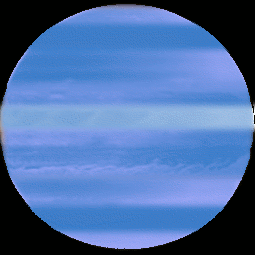 |
Methane Cloud Giant |
These are the larger gas giants
They have masses at least 20 times that of the
Earth. They lie more than 14.5 AU from the sun. |
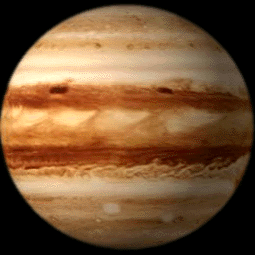 |
Ammonia Cloud Giant |
These are the larger gas giants, represented in the solar system by
Jupiter and Saturn. They have masses at least 20 times that of the
Earth and lie from 2AU to 14.5 AU from the sun. |
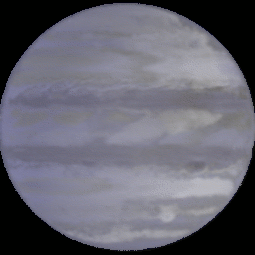 |
Water Cloud Giant |
These are the larger gas giants, They have masses at least 20 times that of the
Earth and lie between 1 and 2 AU from the sun. |
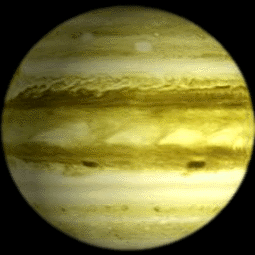 |
Sulpher Cloud Giant |
These are the larger gas giants, They have masses at least 20 times that of the
Earth and closer than 1AU. They do not seem possible with the current code. |
| Gas Dwarfs |
|---|
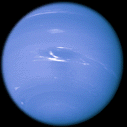 |
Methane Cloud Dwarf |
These are smaller gas giants such as Neptune and Uranus. They have masses less than 20 times that of Earth, but more than to 5 times the Earth. anything over 10 times the Earth is always a Gas Dwarf.
They lie more than 14.5 AU from the sun. |
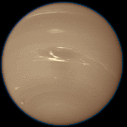 |
Ammonia Cloud Dwarf |
These are smaller gas giants such as Neptune and Uranus. They have masses less than 20 times that of Earth, but more than to 5 times the Earth. any
thing over 10 times the Earth is always a Gas Dwarf.
They lie from 2AU to 14.5 AU from the sun. |
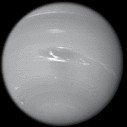 |
Water Cloud Dwarf |
These are smaller gas giants such as Neptune and Uranus. They have masses less than 20 times that of Earth, but more than to 5 times the Earth. any
thing over 10 times the Earth is always a Gas Dwarf. They
lie between 1 and 2 AU from the sun. |
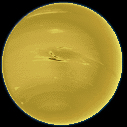 |
Sulpher Cloud Dwarf |
These are smaller gas giants such as Neptune and Uranus. They have masses less than 20 times that of Earth, but more than to 5 times the Earth. any
thing over 10 times the Earth is always a Gas Dwarf. They
are closer than 1AU. They do not seem possible with the current code. |
 |
Unknown |
This designation is used for planets that are not classifiable as
one of the above types.
This category is always temporary, until the program can be made
to classify them. |